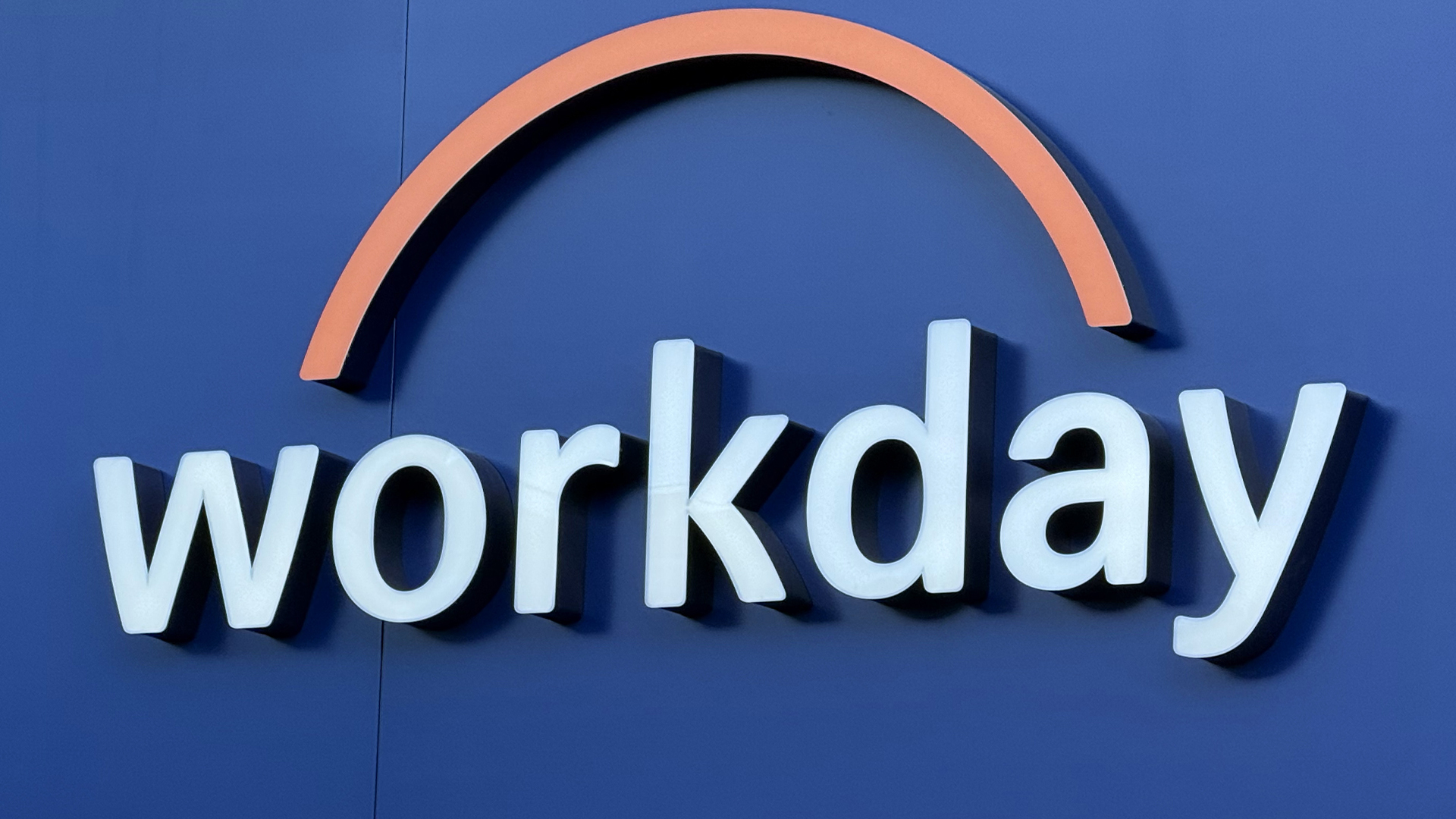Automated hiring systems are rejecting qualified candidates
A new Harvard Business School report finds the software tend to hone in on candidates using very specific parameters


Automated hiring systems filter out qualified high skilled workers, according to a Harvard Business School report focused on how leaders can improve hiring practices to uncover missed talent pools and close skills gaps.
Researchers found that inflexibly configured automated recruiting systems, which are “designed to maximize the efficiency of the process”, tend to hone in on candidates using very specific parameters to minimise the number of applicants that are actively considered by an organisation.
“For example, most use proxies (such as a college degree or possession of precisely described skills) for attributes such as skills, work ethic, and self-efficacy,” researchers stated in the report. “Most also use a failure to meet certain criteria (such as a gap in full-time employment) as a basis for excluding a candidate from consideration irrespective of their other qualifications.”
As a result, this excludes from consideration viable candidates whose resumes do not match the criteria “but who could perform at a high level with training”. 88% of employers who took part in the survey agreed with this statement, admitting that qualified high skilled candidates are vetted out of the process as they don’t match the exact criteria established by the job description. The number rose to 94% in the case of “middle-skill” workers.
Researchers found that automated systems represent the “foundation of the hiring process” in the majority of organisations, with 90% of employers in the survey using automated systems to “initially filter or rank potential middle-skills (94%) and high-skills (92%) candidates”.
The report also found that the rapid pace of change in many occupations, driven in large part by advancing technologies, has made it “extremely difficult for workers to obtain relevant skills”.
“The evolution in job content has outstripped the capacity of traditional skills providers, such as education systems and other workforce intermediaries, to adapt,” said the report, highlighting that to develop the capabilities employers seek increasingly requires the candidate to be employed.
Sign up today and you will receive a free copy of our Future Focus 2025 report - the leading guidance on AI, cybersecurity and other IT challenges as per 700+ senior executives
RELATED RESOURCE

To deal with these problems, the report recommended refreshing job descriptions, shifting from “negative” to “affirmative” filters in automated recruiting systems, establishing new metrics for evaluating talent acquisition, and enlisting a senior leader to champion, direct, and monitor the evolution of hiring and onboarding practices.
HBS’s global study included a survey of over 8,000 “hidden” workers, those who miss hours, unemployed and seeking work, or those who are not working or seeking employment but are willing to work under the right circumstances, as well as over 2,250 executives across the US, UK, and Germany. Researchers also found that the situation, although it has worsened over the pandemic, has been growing over recent decades.
“A single data point made the intractability of the problem apparent—just under half (44%) of middle-skill “hidden workers” reported that finding work was just as hard pre-COVID-19 as it was during our 2020 survey period,” stated the report.
Zach Marzouk is a former ITPro, CloudPro, and ChannelPro staff writer, covering topics like security, privacy, worker rights, and startups, primarily in the Asia Pacific and the US regions. Zach joined ITPro in 2017 where he was introduced to the world of B2B technology as a junior staff writer, before he returned to Argentina in 2018, working in communications and as a copywriter. In 2021, he made his way back to ITPro as a staff writer during the pandemic, before joining the world of freelance in 2022.
-
 HackerOne eyes enterprise growth with double C-suite appointment
HackerOne eyes enterprise growth with double C-suite appointmentNews Seasoned industry executives Stephanie Furfaro and Stacy Leidwinger have joined the cyber security vendor’s executive team
-
 Enterprises are cutting back on entry-level roles for AI – and it's going to create a nightmarish future skills shortage
Enterprises are cutting back on entry-level roles for AI – and it's going to create a nightmarish future skills shortageNews AI is eating into graduate jobs, and that brings problems for the internal talent pipeline
-
 AI resume screening, recruiter chatbots, and ‘ghost jobs’ are causing havoc for struggling entry-level workers
AI resume screening, recruiter chatbots, and ‘ghost jobs’ are causing havoc for struggling entry-level workersNews A new report shows employers are cutting back on entry-level hiring, but expect things to improve eventually
-
 Workday snaps up AI-powered conversation recruitment platform, Paradox
Workday snaps up AI-powered conversation recruitment platform, ParadoxNews Workday will integrate Paradox’s AI-driven candidate experience agent to help deliver talent faster
-
 The Channel Recruiter and Nebula debut new global talent resourcing solution
The Channel Recruiter and Nebula debut new global talent resourcing solutionNews Tech Talent on Tap aims to provide channel firms with on-demand access to elite technical professionals from around the world
-
 Tech talent shortages mean firms are scrapping traditional recruitment strategies
Tech talent shortages mean firms are scrapping traditional recruitment strategiesNews With more than half of enterprise leaders worried about future skills shortages, many organizations are turning to a range of new techniques to expand potential talent pools.
-
 Employees are dead set on flexible working arrangements – three quarters would turn down a role that didn't offer hybrid options as work-life balance becomes more important than pay
Employees are dead set on flexible working arrangements – three quarters would turn down a role that didn't offer hybrid options as work-life balance becomes more important than payNews New research shows workers are increasingly demanding flexible working arrangements from employers.
-
 Half of jobseekers turned down offers last year amid growing demands on employers
Half of jobseekers turned down offers last year amid growing demands on employersNews An increasingly competitive talent landscape means employers are being forced to offer a wider range of incentives


